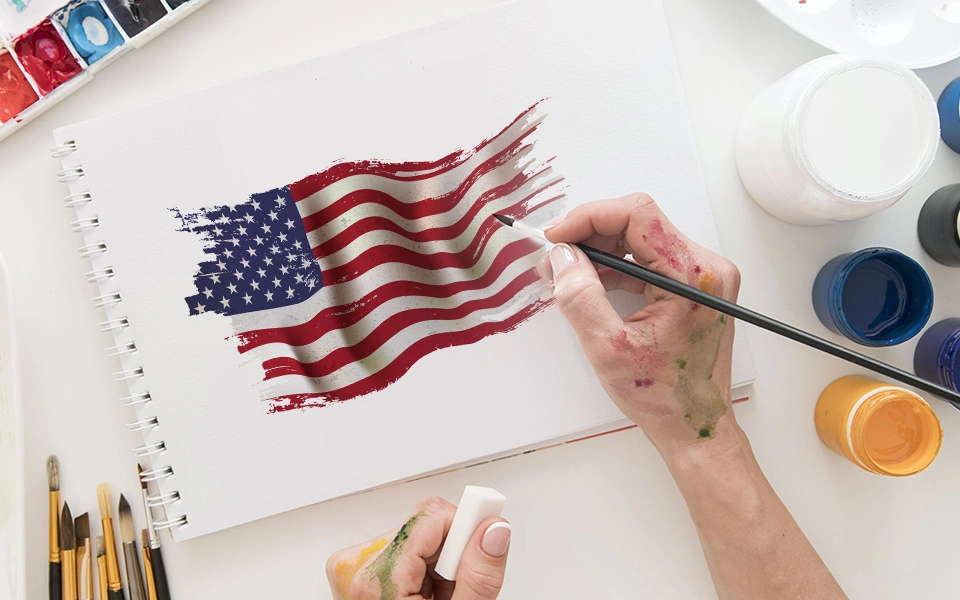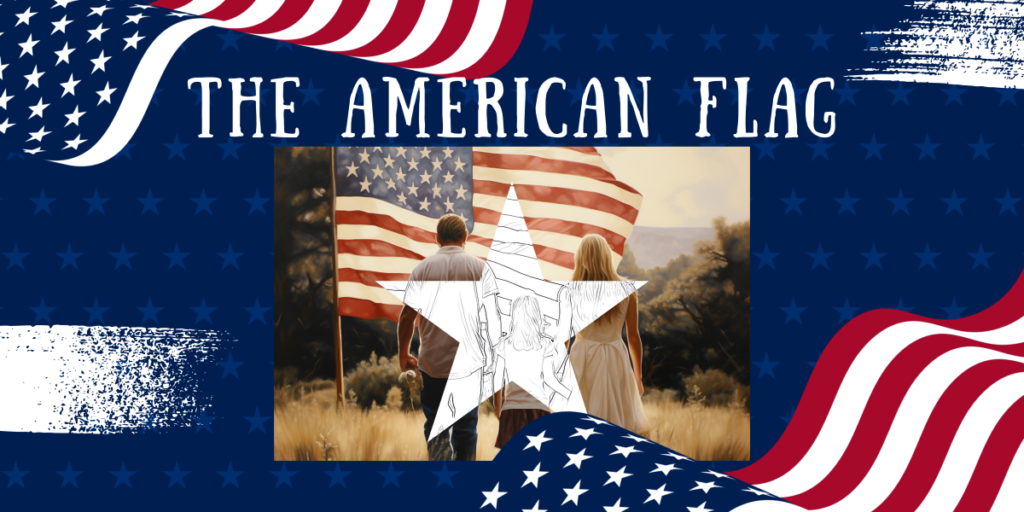The flag’s design, with its thirteen red and white stripes, symbolizes the original thirteen colonies that broke free from British rule, leading to victory in the American Revolutionary War. The flag’s blue field showcases fifty white stars, each one representing a state in the Union.
This emblem has undergone several transformations since its inception. Originally, during the Revolutionary War, it featured the “Rebellious Stripes.” The French soldier Marquis de Lafayette, an ally to George Washington’s Continental Army, is credited with popularizing the “Stars and Stripes” moniker.
The flag we know today is the 27th version, having undergone 26 modifications since 1777. President Eisenhower commissioned the current 50-star iteration in 1959, and it was officially adopted in 1960, making it the longest-standing design for over six decades.
The flag’s origins trace back to the Grand Union Flag, also known as the Continental Colors, first raised in 1775. This precursor featured the familiar 13 stripes and the Union Jack in the corner. The first official flag bearing a resemblance to today’s design saw action in 1777 during the Siege of Fort Stanwix, with soldiers fashioning it from available materials, including clothing.
The United States celebrates Flag Day each year on June 14th, marking the day in 1777 when the Second Continental Congress adopted the flag’s design.

Beyond its historical importance, the American flag continues to inspire various artistic expressions, including coloring pages. Mimi Panda offers American Flag Coloring Pages, allowing individuals to creatively connect with this national symbol. Through Mimi Panda’s platform, users can customize and color their pages, providing a contemporary approach to this traditional pastime. This activity serves as both an enjoyable and educational experience for people of all ages.

Conclusion
Engaging with the storied legacy of the American flag can be both informative and creative. Mimi Panda’s American Flag Coloring Pages provide an opportunity to explore this iconic symbol in a personal and artistic manner.